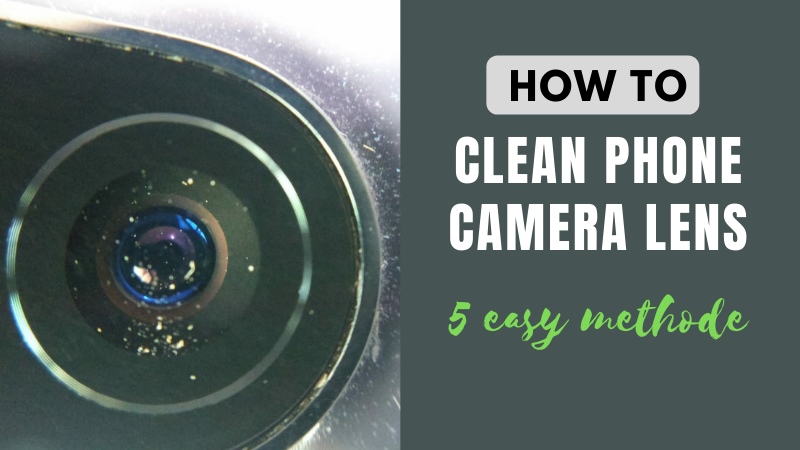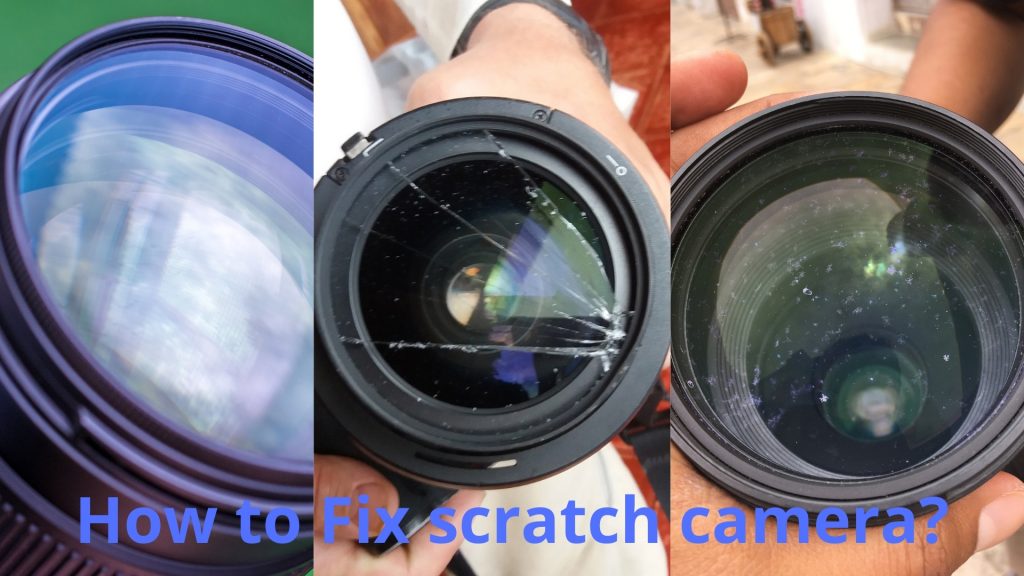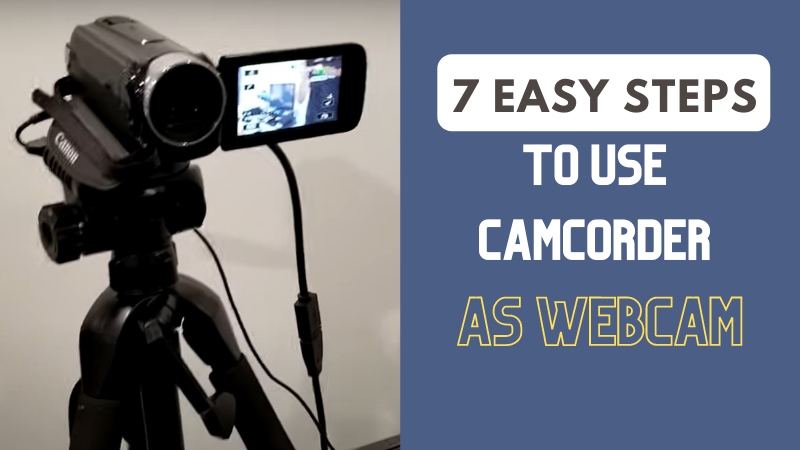A prime lens is also known as a “fixed lens” is a lens that has a fixed focal length. This means that such a lens which has a fixed angle of view and you can’t change that. The image will not appear larger or smaller within the frame unless you move. Physically getting closer to your subject is the only way to enlarge it and make it fill more of the frame. As a result, taking a step back is the only way to get more into the frame.
The focal length of prime lenses, such as 50mm, is fixed. They are available in a variety of sizes and focal lengths. The focal length range is from fisheye to super-telephoto. Nikon 50mm f/1.8G, Canon 800mm f/5.6L IS, and Sigma 35mm f/1.4 are just a few prime lens examples.
Difference Between Prime Lens And Zoom Lens
There are a variety of lenses to choose from depending on what you enjoy photographing. Wide-angle, telephoto, macro, tilt-shift, and other lenses are available. But, we divide them into two categories: zoom lenses and prime lenses.
What is a Zoom Lens?
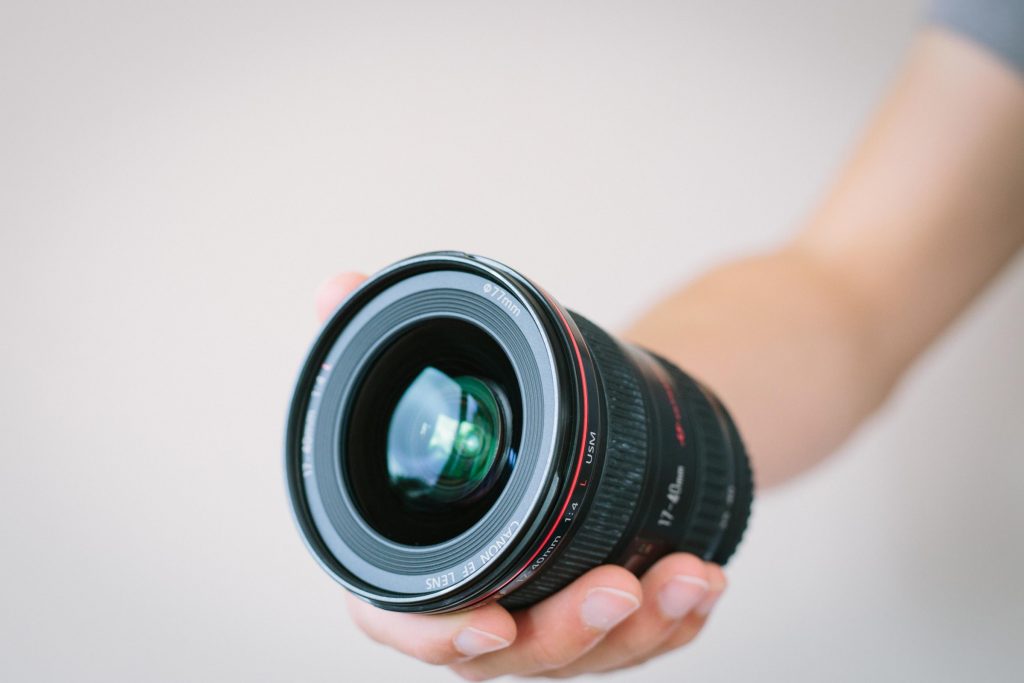
The focal length of a zoom lens, on the other hand, varies. When you turn the zoom ring, you can change the view of angle by moving optical elements within the lens. This allows you to make objects bigger or larger by turning the zoom ring in one direction. And again by turning it in the opposite direction to fit more objects into the frame.
The term “zoom lens” is self-explanatory. These are optics that have a variable focal length, allowing you to zoom in and out over a wide range of distances. So, for example, a 12-40mm lens can zoom from 12mm to 13mm, 14mm, 15mm, and so on, all the way up to 40mm.
Zoom lenses have two specifications. And Those represent the zoom range’s two extremes, such as 70-200mm. You can use that lens as a as a 70mm lens, a 200mm lens, or anything in between. Furthermore, zoom lenses may have variable aperture ranges.
The Aperture of Zoom Lens
Many consumer zoom lenses have an f/3.5-5.6 designation. That signifies the lens’s largest aperture at various focal lengths. For instance, the maximum aperture of a lens like Nikon 18-55 mm f/3.5-5.6 with a shorter focal length of 18 mm. Which is f/3.5 while the longest focal length is 55 mm, and its aperture is limited to f/5.6. Most professional-level zoom lenses, but, will have a single maximum aperture. So, that will remain constant throughout the zoom range.
Nikon’s 18-200mm f/3.5-5.6G VR II, Canon’s 16-35mm f/2.8L II, and Sigma 70-200mm f/2.8 are just a few examples of zoom lenses.
The Aperture of Prime Lens
However, a prime lens has a fixed focal length, even though a zoom lens has a variable focal length. So, at its telephoto end, a 45mm prime lens has roughly the same reach as a 12-40mm, but you can only use it at 45mm.
To shoot at 17mm or 25mm with the 12-40mm lens, simply turn the zoom ring. But, if you want to shoot with prime lenses at these focal lengths, you must buy separate lenses of 17 mm and 25 mm. So why would you want the restriction of a non-zooming lens?
Everything’s a question of compromise. As the zoom lens has to cover many focal lengths, you need a more complicated optical formulation to add it. And also as a great deal, you will need more correction and glass elements. The scope for aberrations and optical imperfections is much greater.
Sometimes, scratches on a camera lens can badly affect your image quality. If you want to repair your lens, you can read this.
The Benefits of Prime Lenses
The Price
Many prime lenses today are significantly less expensive than zoom lenses. A 24-70mm f/2.8 lens costs around $1900-2300, while a 24-70mm f/2.8 lens costs around $400. Even if you use fast primes like the 35mm f/1.8, 50mm f/1.8, and 85mm f/1.8 to cover focal lengths between 24mm and 70mm. You’ll still save money. This allows budget-conscious photographers to benefit from world-class optics at a fraction of the price of these expensive variable focal lenses. And there’s no need to settle for low-cost, low-quality zoom lenses all of the time.
Height And Weight
Unexpectedly, many beginners have a strong desire for monstrous lenses with image stabilization, such as the 70-200mm f/2.8. Admittedly, these lenses are razor-sharp, have lightning-fast autofocus motors. And It can also take a lot of misuses. They are however much more noticeable because of their sheer size. And their heaviness can lead to back and neck pain and even injuries that have lasted a long time.
We already see how big this problem is when we look at the booming mirrorless market. Even professionals can take the opportunity to own light, high-quality equipment. Prime lenses are a compromise between versatility and size and weight. I chose the 85mm f/1.4 lens over the 70-200 f/2.8 lens a long time ago, and I’ve never regretted it. You may find yourself leaving your camera at home rather than taking it with you. Because you only have large lenses.
Point of Gaining Skill
Many photographers believe that forcing themselves to “zoom” in and out by walking is a good way to learn composition and find better angles. It’s also said to aid in bettering one’s understanding with a lens and optimizing its abilities. I agree in part, and I can say that my 50mm prime lens has helped me in some ways. But such restraint can be equally damaging to your learning process. If you’re a prime photographer, I believe you should have at least one zoom lens and the other way round.
Dim Lighting
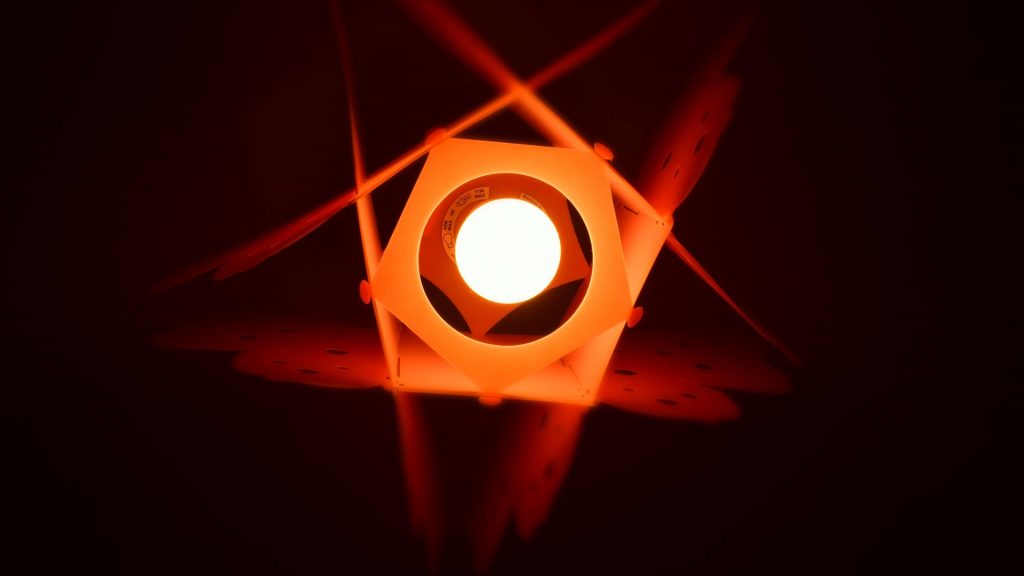
Because of the larger / wider aperture, you can shoot subjects in low-light environments. You can shoot without using blur because a prime lens will allow you to shoot. You can use a prime lens easily to open up to f/2 or even f/1.2 thanks to their typically simpler optical designs.
These lenses will let in twice to three times the amount of light as a fast professional zoom lens with an f/2.8 aperture. While many zoom lenses have optical image stabilization systems to aid you in low-light situations. These systems are useless if your subject is moving.
Why Are Fast Prime Lenses Important?
Shooting at a fast/wide-open aperture also allows the photographer to achieve a shallower depth of field. The distance between the foreground, subject, and background is referred to as the depth of field (DOF). Wide-open photography produces a narrow depth of field (DOF). It is effectively isolating the subject from the rest of the scene in terms of sharpness and clarity. The foreground/background will become softer as the lens gets closer to the subject.
The 35mm, 50mm, and 85mm lenses are the most popular prime lenses. professional photographers use these lenses. They widely use these lenses. These lenses have a variety of aperture speeds. And their worth is determined by their maximum aperture and overall construction. The 24mm is for wide-angle lenses and microwork. But also the 105mm is for macro and close-up work.
What are the various types of Prime Lenses?
- 12mm, 16mm, and 21mm are all considered ultra-wide.
- 24mm, 28mm, and 35mm are the different widths available.
- 35mm and 50mm film are the industry standards.
How to choose Prime Lens?
When you select a prime lens, the camera body style it is paired to will have a great effect on the final image. When you shoot with a crop sensor body and a lens that isn’t specifically designed for crop sensors. So, your focal length will be visually multiplied. The examples are Canon EF-S lenses or Nikon DX lenses.
This means that any full-frame lenses (EF, FX, etc.) are mounted on a crop sensor body. That will crop the image by about 1.6 or 1.5. This means that, when you shoot a 24mm image, the actual result is nearer to a 35mm image. 35mm is like a 50mm image, and vice versa. Don’t lose hope or strength if you shoot with a crop sensor body! You can still get tremendous images. Crop sensors are just like anything else a tool and, for some, the desired feature.
That’s how you have to choose prime lenses.
Prime Lens’s Effect on Portrait And Food Photography
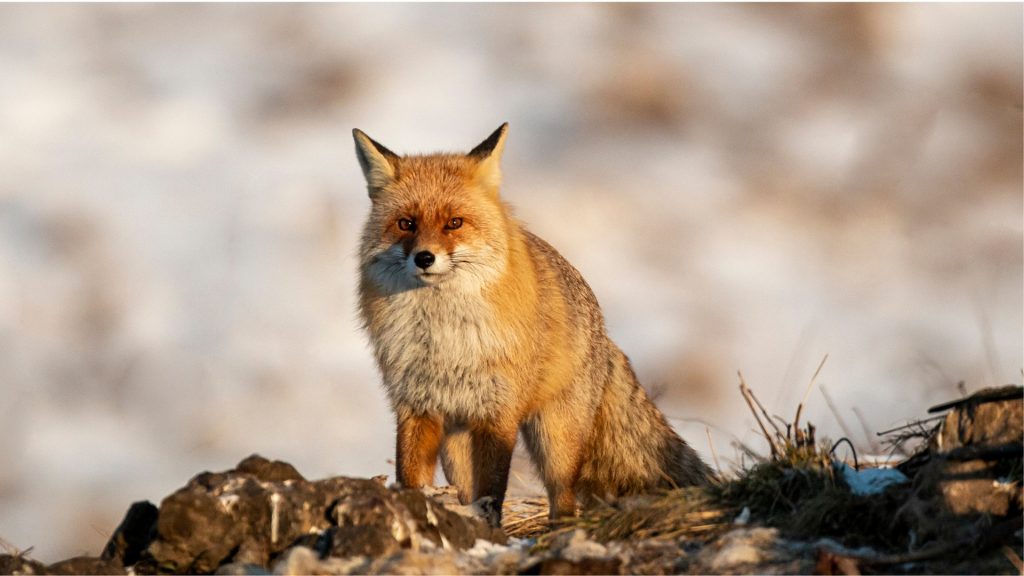
The subject matter will be another factor to consider. Photographers who specialize in portraits and food tend to crop in closer to their subjects in the camera. For this purpose, the 85mm and 100mm lenses are ideal. The bokeh is smooth and flattering, and the subject is not blurred. This effect emphasizes whatever is being highlighted even more.
Prime Lens’s Effect on Street Photography
Wider-angle lenses are suitable for groups of people or for confined enclosed areas. The outer corners of these lenses have more lens distortion than the inner corners. If it’s important that something retain its form, keep it in the lens’s “sweet spot” in the middle, where distortion is less visible.
Conclusion
Beginner photographers are often confronted with the decision of whether to purchase a fixed focal length lens or a zoom lens. As you will see from this post, each has its own set of benefits and drawbacks, making the decision between the two very challenging. It takes some time to figure out which equipment is best for you and also suits you and the shooting style. Some people wind up having a single superzoom lens that can handle anything. While others swear by their prime lenses and hesitate to use a zoom lens. It really doesn’t matter what you want, when you learn, how to use your gear and improve your photography abilities. As long as it doesn’t limit your imagination.

